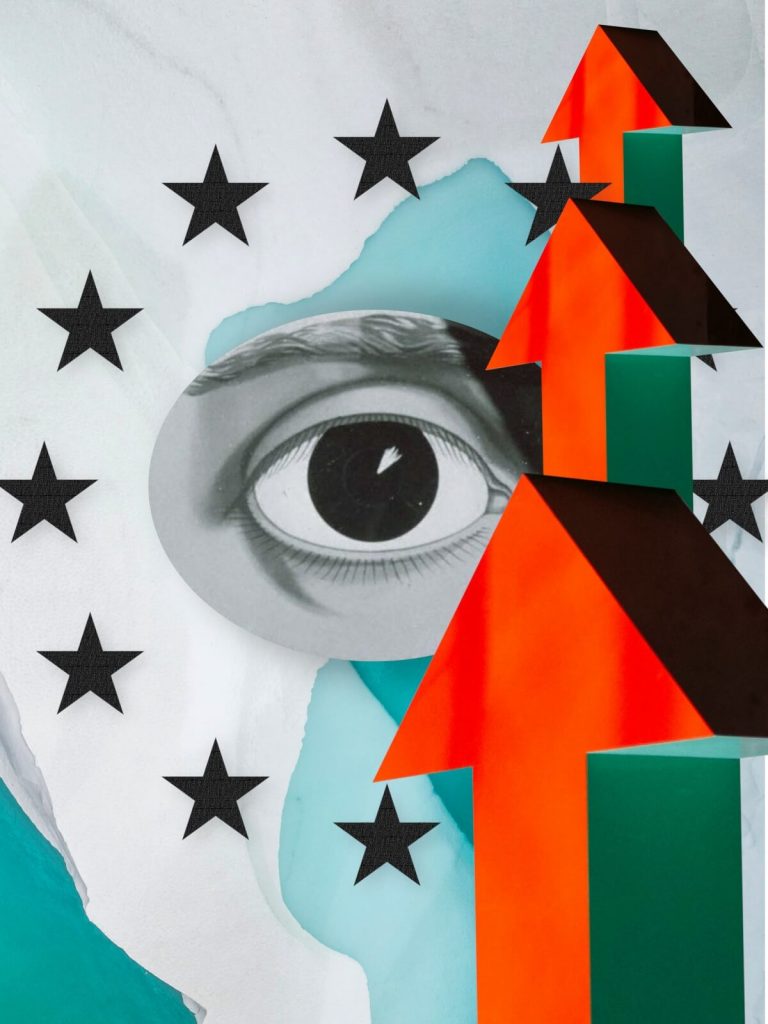The ’revolutions’ of 1989 were a process, not an instantaneous event. The process was about returning the countries to where they belonged before World War II, and that place was Europe. This ’returning moment‘ of the political and economic developments before and after historic events of the years 1968-2004 is often left without necessary attention. Therefore, it is crucial to pay attention to these processes to gain a better understanding of the path to EU accession for Central and Eastern Europe (CEE).
’Misunderstanding‘ the Cold War and 1989
After 1989, it has become obvious that the so-called ‘West’, or Europe in general, have had a far greater chance of winning the Cold War. But this prospect was not even properly discussed, let alone expected or predicted by scholars, politicians, and defense strategists on either side of the Iron Curtain. Western discourse was blinded by misreading the ‘Soviet System’ as such, political inertia, Sovietologists’ research agendas, and influences by left-leaning social scientists. On the East side of the Iron Curtain, the erosion of the regimes was obvious in all walks of life, but open discussions of it risked oppression – or even a Warsaw Pact invasion.
DOWNLOAD FULL ARTICLE (PDF):
08-KRASSEN STANCHEV GENERATION 1968 THE ROAD TO PROSPERITY AND EU ACCESSION
The emerging anti-Communist civic initiatives from Berlin to Sofia preferred (or perceived it was less risky, until the early days of November 1989) sorting out everyday problems – from human rights (freedom of speech, movement, conscience, and pursuit of happiness), through environmental degradation (in almost all countries), to workers’ representation (especially in Poland), to hard oppression of ethnic minorities (rather specific for Bulgaria).
Like all social changes, the collapse of the Soviet system was a multi-factorial emergent phenomenon, in which no principal agent or factor bears the feature of an ultimate cause. Economic emergencies resulting from the deepening malfunctioning of the centrally planned economies – virtually all communist countries were on the verge of a default, respective enterprise sectors were loss-making and polluting the environment – trapped the countries into an economic performance dead-ends.
At the same time, the consumers’ sentiment on the East side of the Curtain (from fashion and music, news, and entertainment, to home-appliances and cars), has already been oriented towards the West for decades. The first post-1989 East European governments (the future EU members of the 2004 accession) faced the challenge to do away with economic inefficiencies, prevent defaults, and establish normal preconditions of life, employment, and income. This constellation of circumstances had pushed the study of transition towards economic reforms and recipes for reforms. International institutions (IMF, World Bank, OECD, among others) and the European Community organized respective departments to research, statistically review, and negotiate with the ex-communist world.
The focus on economic and diplomatic matters had an impact on ‘transitology’: it often misses the fact that paths, successes, and failures of transition from communism to capitalism result from human actions, endeavors, and social leadership.
Generational Evolution of Resistance to Communism: From Arms, Through Economic Deficiency to Music
The opposition to the communist rule, as summarized below, has been present in Eastern Europe since 1944. It took different forms: an armed resistance (from Bulgaria and the Balkans, to the Baltic states and Poland), non- and anti-communist parliamentary factions, open public discontent, uprisings (in Hungary, 1956), constant exodus to the outer side of the Iron Curtain, dissident movements, the so-called ‘SamIzdat’, issue-based protests, tacit disagreement, and fake support to the regime as personal survival strategy. It evolved through the Soviet and Warsaw Pact invasions, survived deprivations of human and citizens’ rights, and eventually changed the world in 1989. Notably, diverse forms of opposition often belong to different generations.
The first generation that formed early resistance to Communism, which was active in 1940-50s, vanished. The political opposition was liquidated, expelled, sent to GULAGs, or discriminated against. The armed guerrilla troops lost the stand-off against regular armies and police forces. The families of these people were expropriated, banned to live in capital cities, be employed in prestigious occupations, or teach, and were ostracized from public life for decades. The hairs of this generation could not be extinguished, but were intimidated and treated as ’second-class citizens‘. Some of the youngest political opponents of Communism, after surviving oppressions and GULAGs, restored their political parties in 1989 and took part in anti-communist coalitions or joined NGOs.



